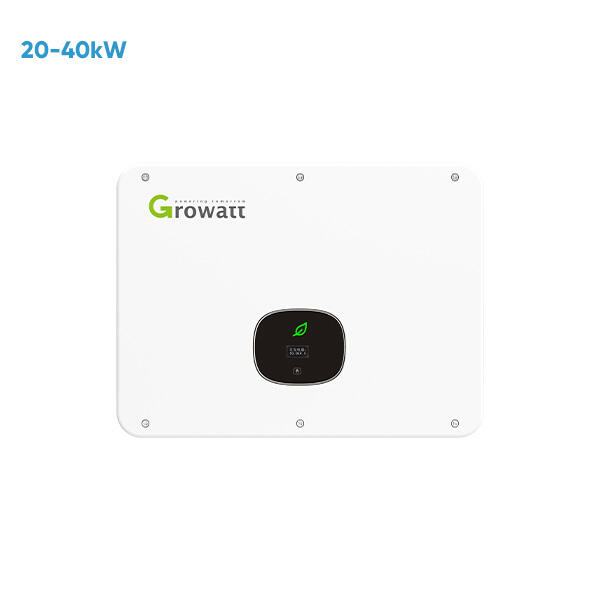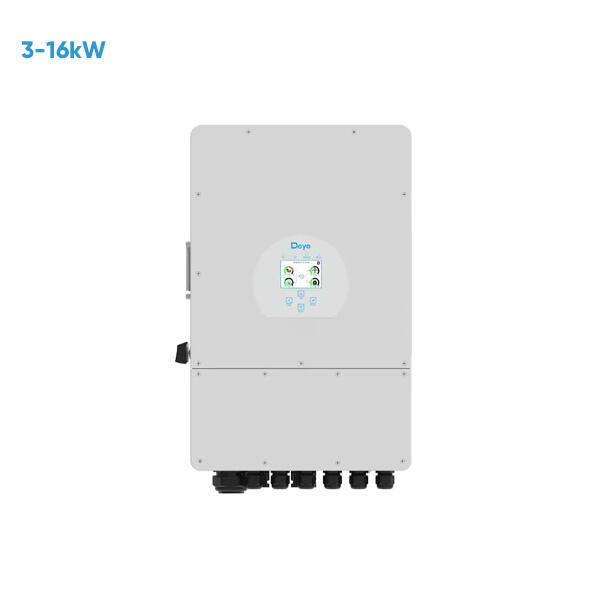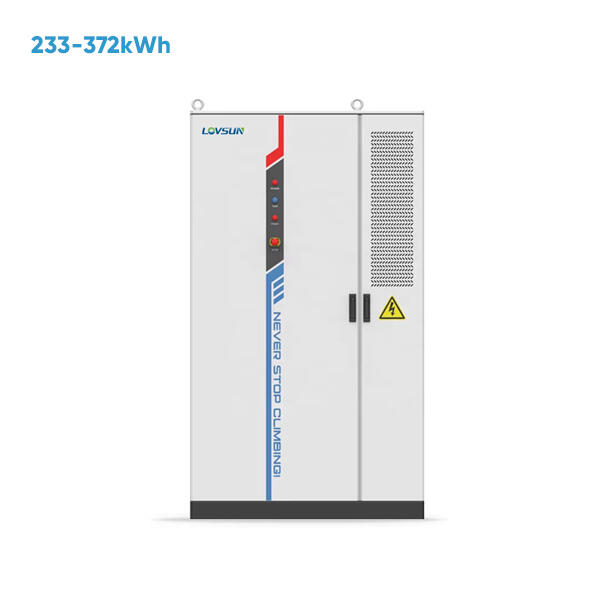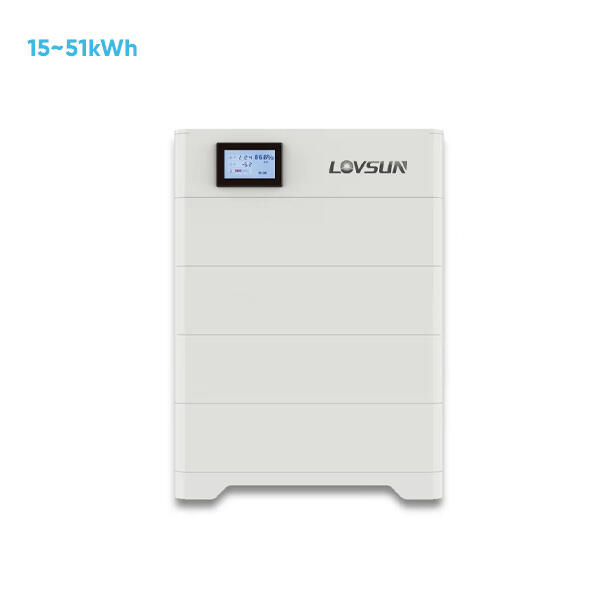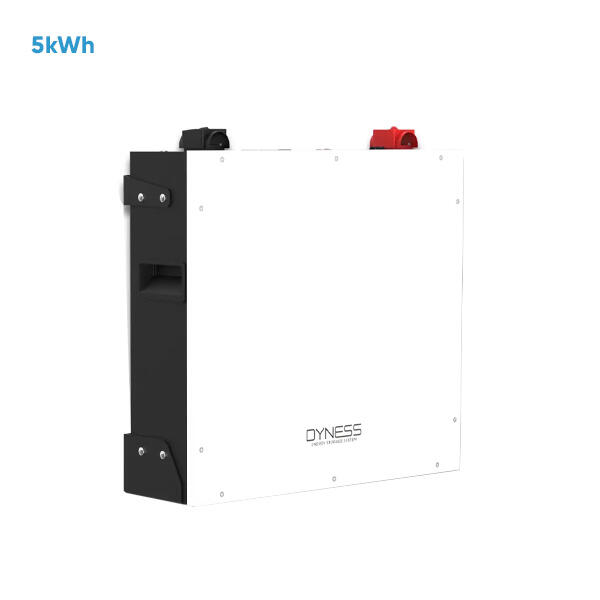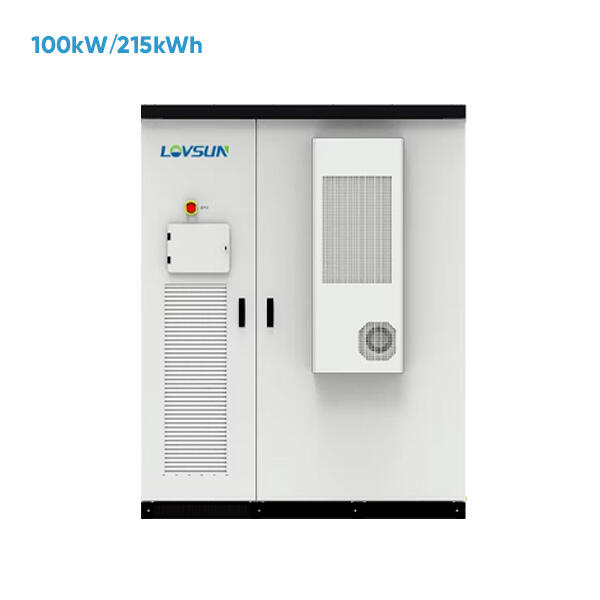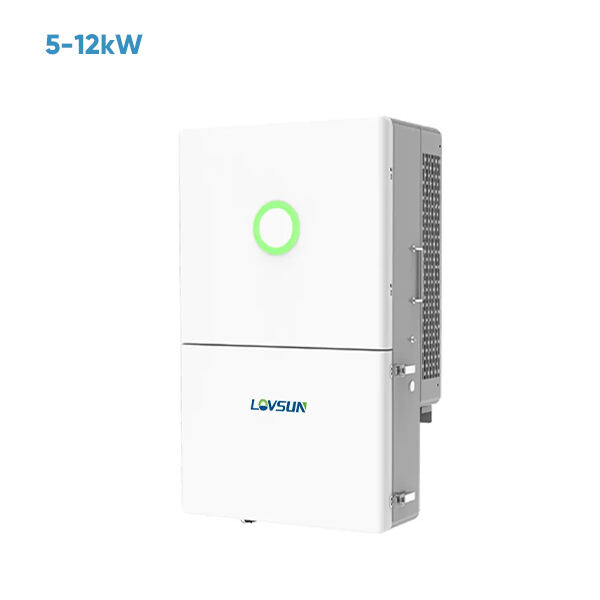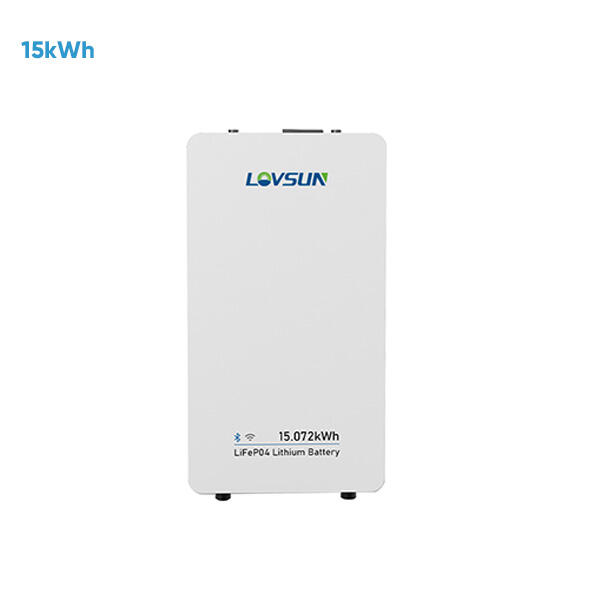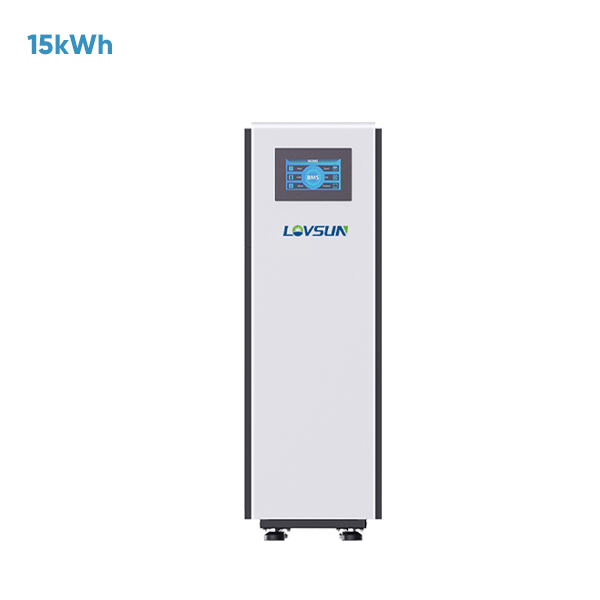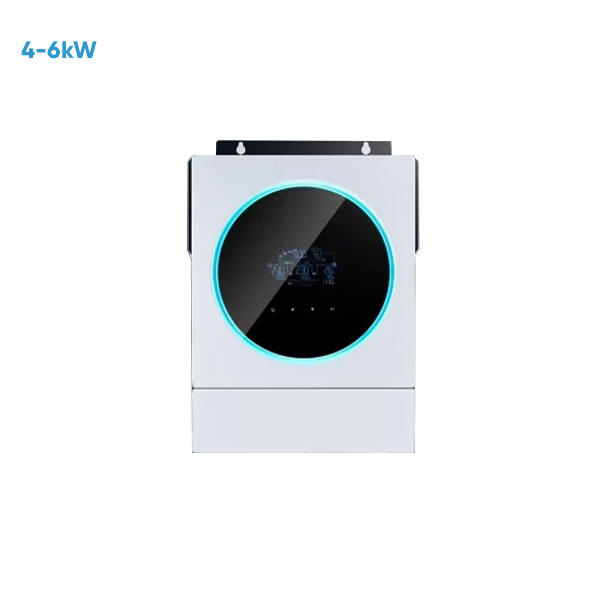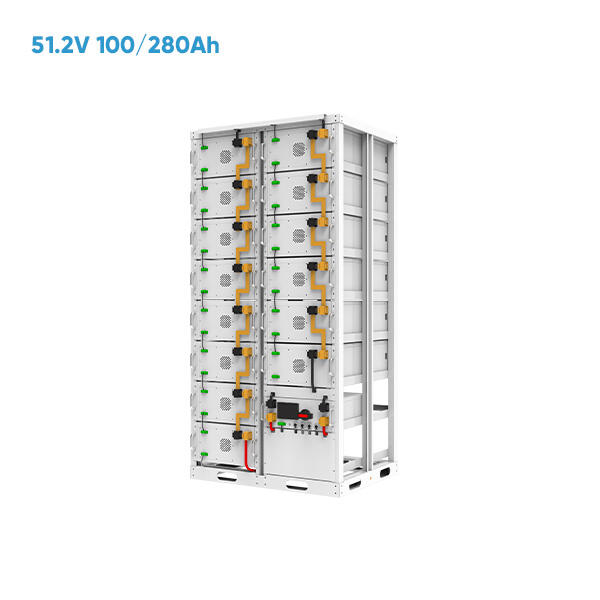Litium-ionové batérie sú špecifický typ batérií, ktoré sa bežne nachádzajú v elektronike. Majú prednosť, pretože úložia a dodávajú energiu výnimočne. V tomto článku si priblížime litium-ionové batérie, ako fungujú, ich výhody, vplyv na prostredie a budúce vývojové smerovania súvisiace s touto technológiou.
Užívateľská nábojka opakovaná: Litium-ionové batérie sú postavené z malých komponentov známych ako litiové iony. Sú ľahšie a majú vyššiu energetickú hustotu než ich veľkosť. Preto sú ideálne pre zariadenia ako mobilné telefóny, počítače a elektromobilky.

 EN
EN
 AR
AR
 BG
BG
 HR
HR
 CS
CS
 DA
DA
 NL
NL
 FI
FI
 FR
FR
 DE
DE
 EL
EL
 HI
HI
 IT
IT
 JA
JA
 KO
KO
 NO
NO
 PL
PL
 PT
PT
 RO
RO
 RU
RU
 ES
ES
 TL
TL
 IW
IW
 ID
ID
 LV
LV
 LT
LT
 SR
SR
 SK
SK
 SL
SL
 UK
UK
 VI
VI
 SQ
SQ
 ET
ET
 GL
GL
 HU
HU
 TH
TH
 TR
TR
 GA
GA
 MY
MY
 UZ
UZ
